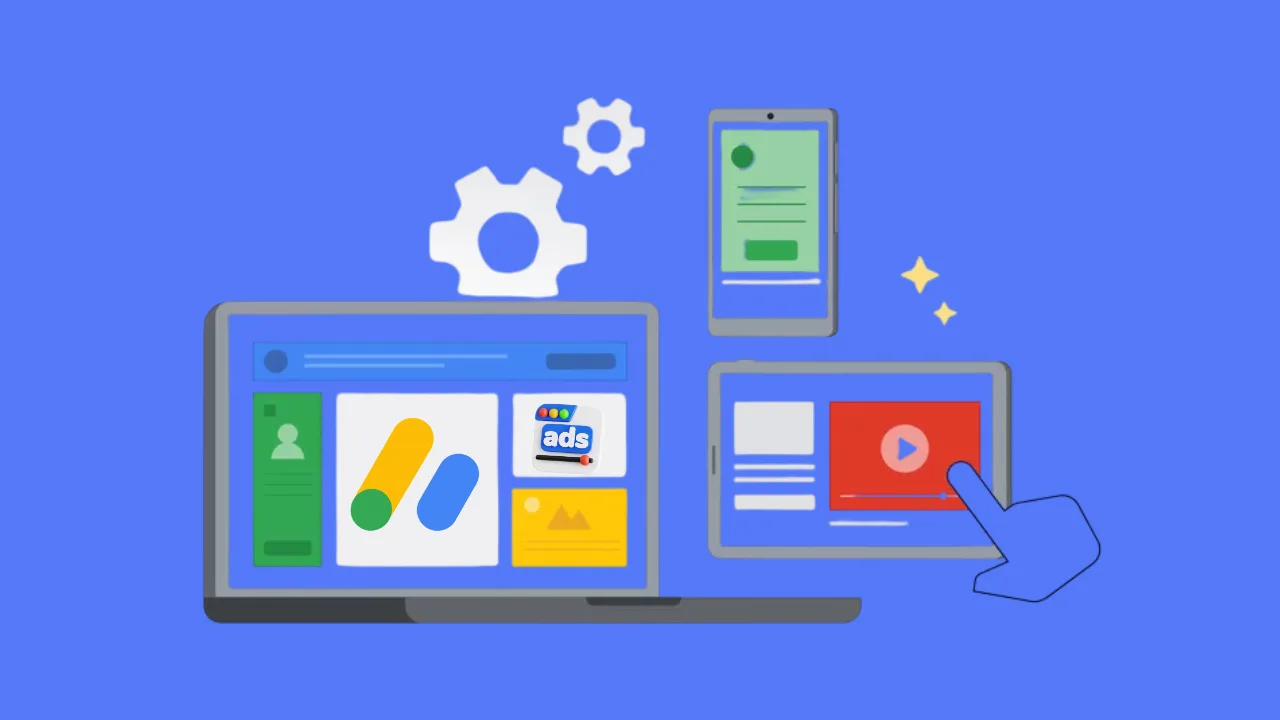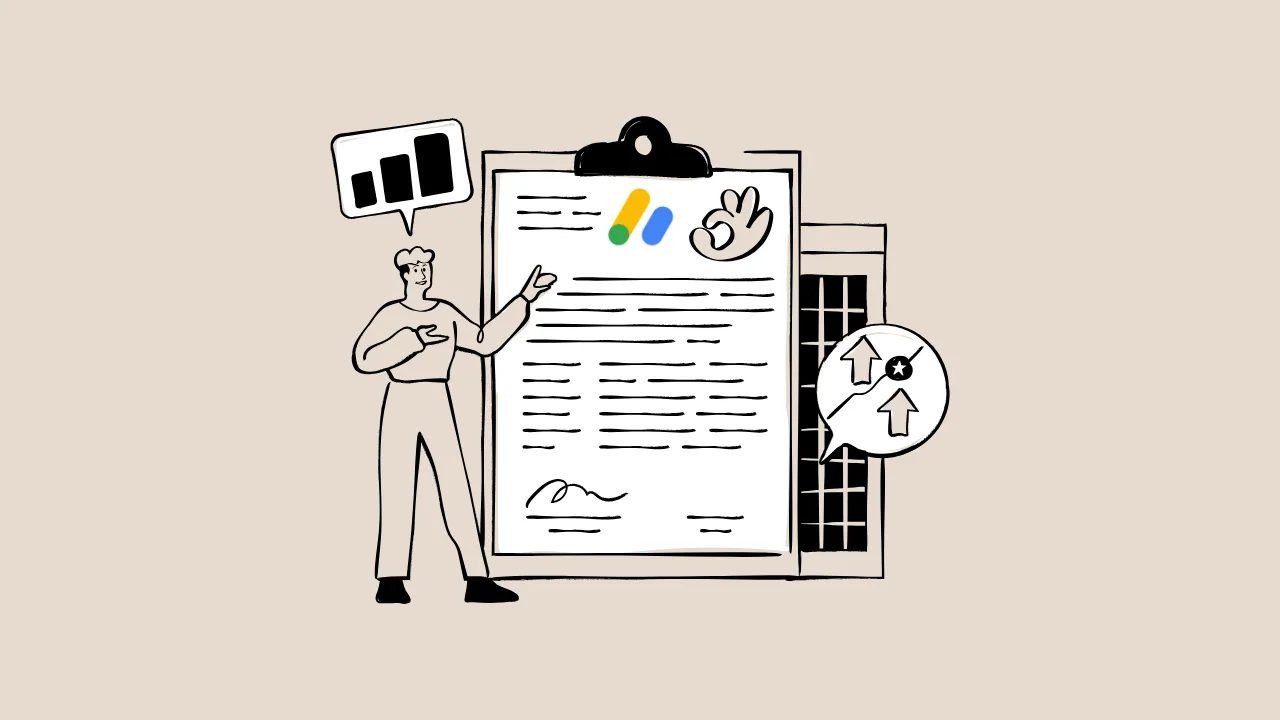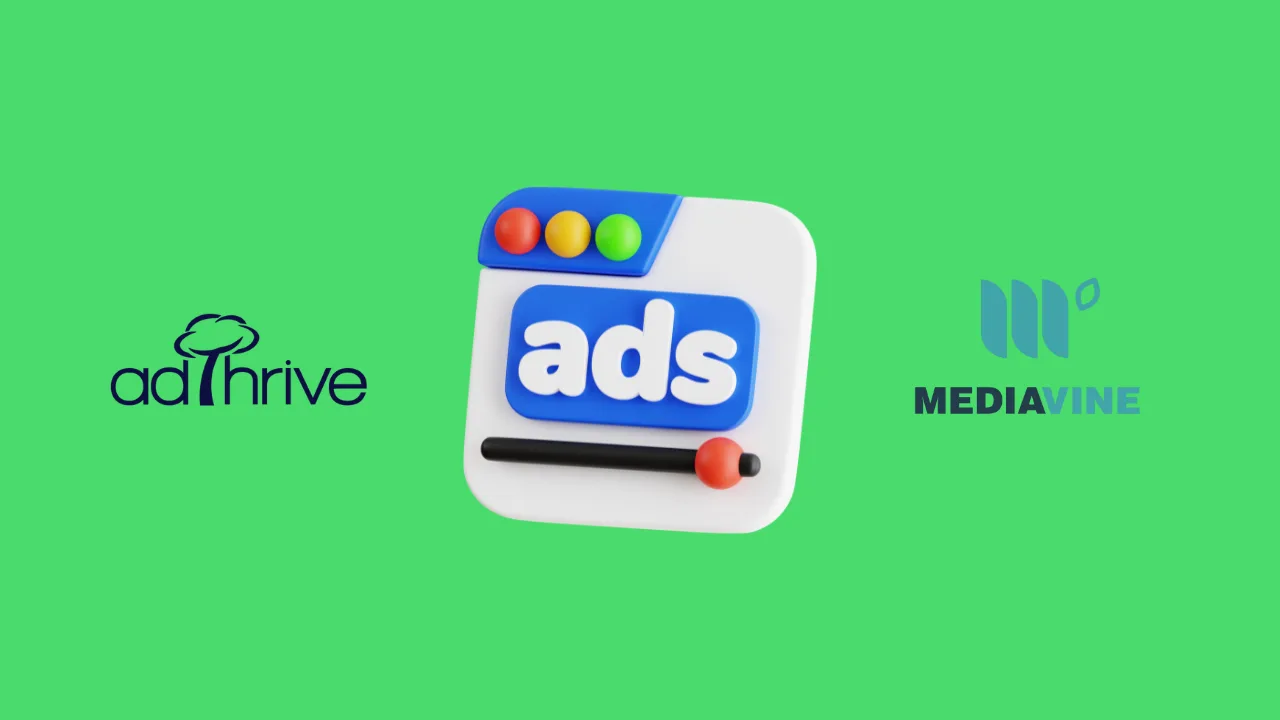Many bloggers and website owners struggle to turn their Google AdSense into a money-making machine. The good news? With the right playbook, you can fix common problems like low earnings or rejected applications and boost your AdSense revenue. This guide tackles the biggest pain points—understanding metrics, placing ads smartly, choosing the best ad formats, auditing content, and testing safely—to help you maximize AdSense revenue and avoid “low-value content” errors. Let’s dive into the Publisher’s Playbook and turn your site into a profit powerhouse!
What Is Maximizing AdSense Revenue? A Quick Definition
Maximizing AdSense revenue means using smart strategies to increase the money you earn from Google AdSense ads on your website. It involves understanding key metrics, placing ads in high-performing spots, choosing the right ad formats, auditing your content for profitability, and running safe experiments to optimize earnings. By following Google’s policies and focusing on user experience, you can boost clicks and impressions while keeping your account in good standing.
Key Benefits of Maximizing AdSense Revenue
Boost Your Income Without Extra Work
Smart AdSense strategies can double or triple your earnings without needing to create more content. By placing ads in the right spots and choosing high-performing formats, you get more clicks and impressions, which means more money in your pocket. For example, optimizing ad placement can increase your revenue by up to 30%, according to Google’s AdSense blog.
Build a Sustainable Revenue Stream
Maximizing AdSense revenue creates a steady income source for your website. By focusing on high-quality content and policy compliance, you avoid account suspensions and keep earning over time. This stability lets you focus on growing your site while the ads work for you.
Improve User Experience While Earning More
Good ad placement and relevant formats make your site more enjoyable for visitors. Ads that blend naturally with your content keep users engaged, reducing bounce rates and increasing time on site. This balance boosts both revenue and visitor satisfaction.
Solving the Core Challenge: How to Stop Leaving Money on the Table
The biggest challenge for website owners is not knowing why their AdSense earnings are low or how to fix it. You might have ads on your site, but if they’re in the wrong spots, using the wrong formats, or on low-performing pages, you’re losing money. This playbook solves that by giving you a clear, step-by-step plan to maximize AdSense revenue through better metrics, placement, formats, content audits, and testing.
Part 1: Understanding the Core Revenue Metrics (Your 4-Point Dashboard)
Pain Point: “What do Page RPM, Impression RPM, CPC, and CTR actually tell me?”
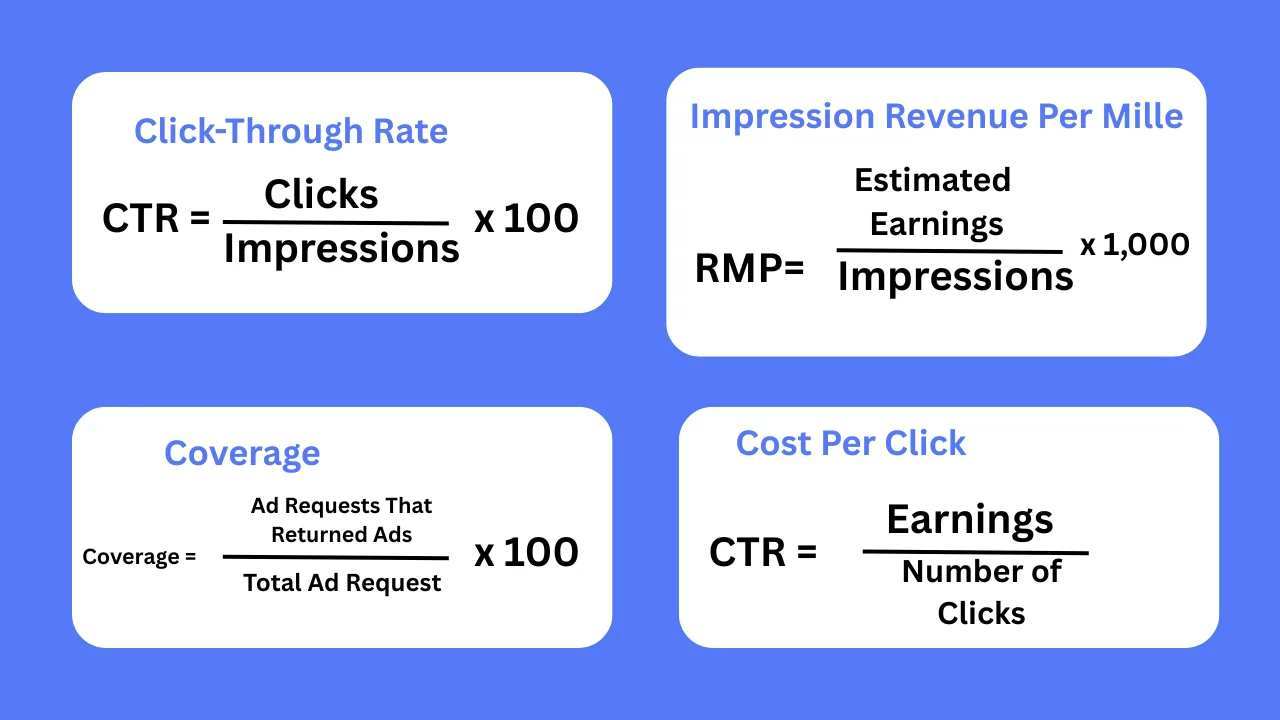
Think of your AdSense dashboard like the control panel of a video game. It shows you how well your ads are performing. Here’s what the four key metrics mean, explained simply:
- Page RPM (Revenue Per Mille): This is how much money you earn for every 1,000 page views. If your Page RPM is $2, you earn $2 for every 1,000 visitors. Higher Page RPM means your pages are more profitable.
- Impression RPM: This measures earnings for every 1,000 ad impressions (when an ad is shown). It’s useful for comparing ad performance across pages.
- CPC (Cost Per Click): This is the money you earn each time someone clicks an ad. CPC varies by niche—tech ads might pay $1 per click, while fashion ads pay $0.20.
- CTR (Click-Through Rate): This shows the percentage of visitors who click your ads. A CTR of 1% means 1 out of 100 visitors clicks an ad. The average is 0.35%, but 1% or higher is ideal.
How to Use Them: Check your AdSense reports weekly. If your Page RPM is low, focus on high-traffic pages. If CTR is below 1%, try better ad placements. Linking AdSense with Google Analytics helps you see which pages drive the most revenue.
“Linking AdSense with Google Analytics is a game-changer. It shows exactly which pages make money and why.” – AdPushup Blog
Part 2: The Art of Ad Placement (A 5-Step Guide to High-Performing Layouts)
Pain Point: “I don’t know where to put my ads for the best results.”
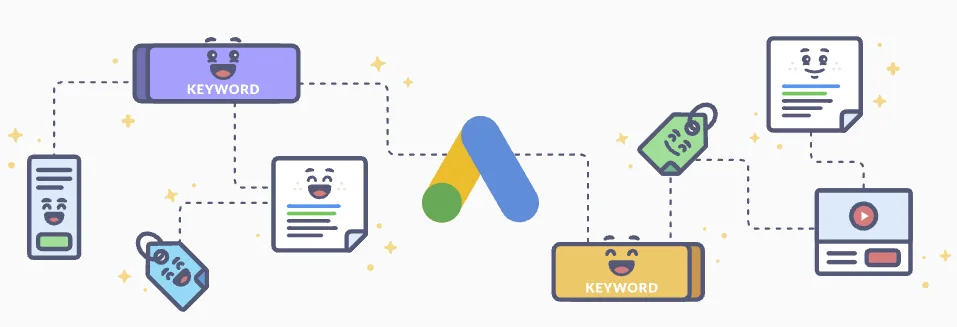
Placing ads is like setting up a lemonade stand—you want it where people can’t miss it! Here’s a 5-step guide to place ads for maximum clicks without annoying visitors:
- Above the Fold: Put ads at the top of your page, visible without scrolling. These get the most views.
- Within Content: Place ads inside articles, like after the first paragraph. They blend naturally and get clicks.
- Sidebar Widgets: Use vertical ads (like 300×600) in sidebars. They’re visible but don’t interrupt reading.
- After Content: Add ads at the end of articles. Readers who finish are engaged and likely to click.
- Avoid Ad Blindness: Don’t overload pages with ads. Too many ads make users ignore them, like ignoring billboards on a busy road.
Pro Tip: Use responsive ad units that adjust to mobile and desktop screens. Test placements with Google’s Auto Ads to find what works best.
“Strategic ad placement can significantly boost your AdSense revenue.” – Snigel’s Ultimate Guide
Part 3: Choosing Your Ad Formats (A 6-Type Ad Format Breakdown)
Pain Point: “Which ad types make the most money?”

Think of ad formats like different flavors of ice cream—some suit your audience better than others. Here’s a breakdown of six AdSense ad types:
- Display Ads: These are banners (e.g., 336×280, 728×90) with images or text. They’re popular and work well above the fold.
- In-Feed Ads: These blend into article feeds, looking like part of your content. Great for blogs.
- In-Article Ads: These fit between paragraphs in articles. They’re subtle and boost CTR.
- Matched Content: These suggest related articles with ads mixed in. They increase page views and clicks.
- Anchor Ads: These stick to the screen’s edge (often bottom) on mobile. They’re always visible but non-intrusive.
- Vignette Ads: These appear when users move between pages. They’re high-CTR but use sparingly to avoid annoyance.
How to Choose: Start with display and in-article ads for high visibility. Test Auto Ads to let Google pick formats for you. Monitor CTR in your AdSense dashboard to see which formats perform best.
“Different ad formats attract different visitors. Experiment to find what clicks with your audience.” – Google AdSense Blog
Part 4: Finding Your Most Profitable Pages (The 3-Step Content Audit)
Pain Point: “How do I know which articles make the most money?”
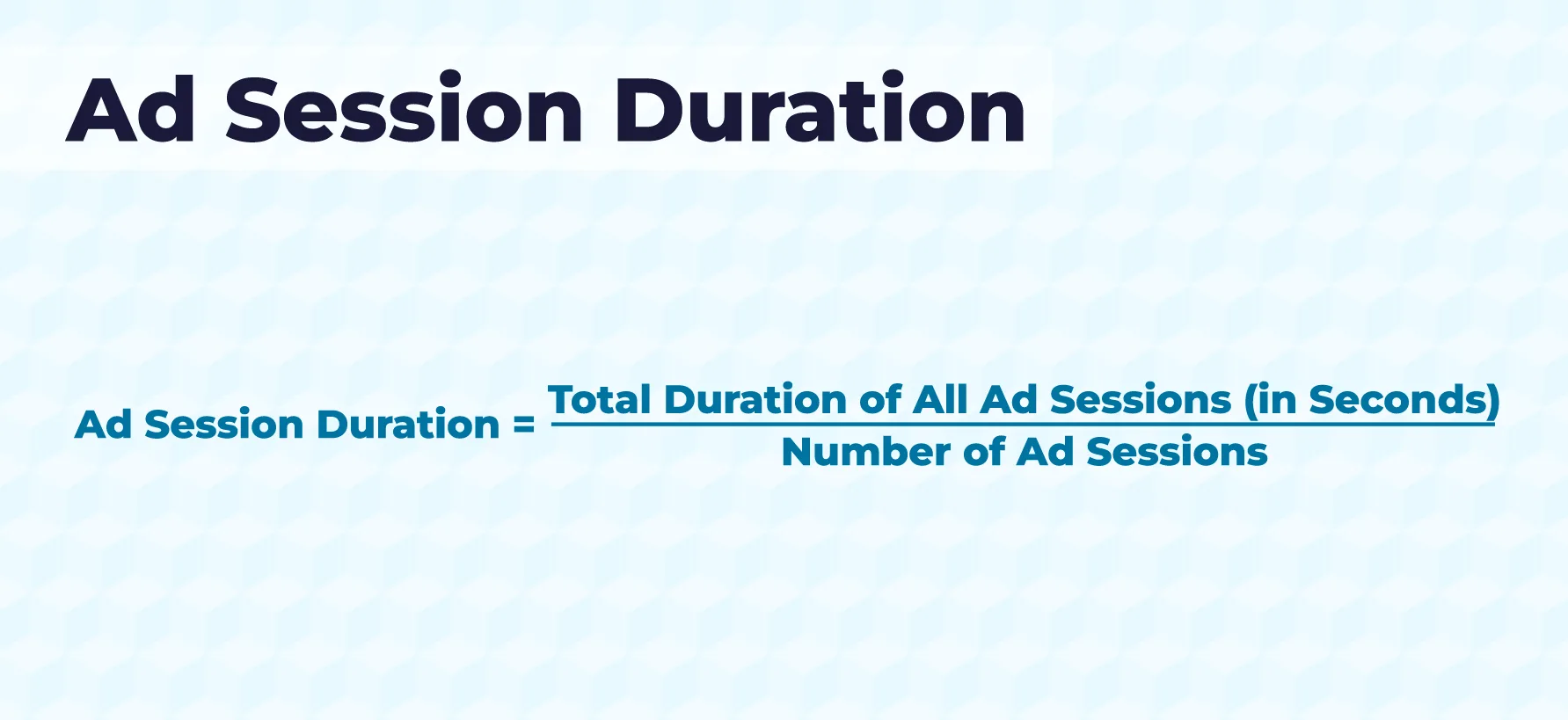
A content audit is like checking your piggy bank to see which coins are gold. Here’s a 3-step guide to find your top-earning pages:
- Link AdSense and Google Analytics: Connect both tools to see which pages get the most traffic and revenue. Go to Google Analytics > Admin > Product Links > AdSense Links.
- Check High-Performing Pages: In AdSense, go to Reports > Pages to see which pages have high Page RPM or CTR. Focus on these for more content.
- Improve Low Performers: If a page has high traffic but low revenue, add better ad placements or update content to match high-CPC keywords (e.g., tech or finance topics).
Example: A blog post about “best laptops” might earn $5 per 1,000 views, while a post about “cute cats” earns $1. Focus on creating more tech-related content to boost revenue.
“High-quality content in high-CPC niches can skyrocket your AdSense earnings.” – Setupad Blog
Part 5: Running Smart Experiments (A 4-Step Guide to A/B Testing)
Pain Point: “How do I test changes without hurting my income?”
A/B testing is like trying two recipes to see which tastes better. Here’s a 4-step guide to test AdSense settings safely:
- Set Up an Experiment: In your AdSense account, go to Optimization > Experiments. Create a test comparing two ad setups (e.g., Auto Ads vs. manual placement).
- Choose a Variable: Test one thing at a time, like ad placement (sidebar vs. in-content) or format (display vs. in-feed).
- Run for 7-14 Days: Let the test run to collect enough data. Check results in the AdSense Experiments tab.
- Apply the Winner: If the new setup increases CTR or Page RPM, use it across your site. Keep testing to improve further.
Pro Tip: Always follow AdSense policies during tests. Don’t place ads near game controls or navigation buttons, as this risks account suspension.
Top 5 Tools for Maximizing AdSense Revenue
Here’s a comparison table of tools to help you boost AdSense earnings by solving specific pain points like low CTR or policy violations.
| Tool Name | Key Feature | Best For | Price/ROI | Cons/Issues |
|---|---|---|---|---|
| Google Analytics | Tracks page views, CTR, and revenue | Finding profitable pages | Free / High ROI (identifies high-earning content) | Steep learning curve for beginners |
| AdSense Dashboard | Monitors Page RPM, CPC, and impressions | Checking ad performance | Free / High ROI (built into AdSense) | Limited customization options |
| Ezoic | AI-driven ad placement optimization | Boosting CTR and revenue | Free tier; paid starts at $0.01/1,000 visits / High ROI | Requires site integration |
| MonetizeMore | Auto Ads setup and policy compliance | Small to medium publishers | Starts at $99/month / Good ROI | Costly for small sites |
| SEMrush | Finds high-CPC keywords for content | Creating profitable content | Starts at $129.95/month / Good ROI | Expensive for beginners |
Why These Tools Help: Google Analytics and AdSense Dashboard are free and show you exactly where your revenue comes from. Ezoic and MonetizeMore use AI to place ads smarter, while SEMrush helps you write content that attracts high-paying ads.
How to Implement Maximizing AdSense Revenue Effectively
Here’s how to put this playbook into action with three clear steps:
Define Your Revenue Goal
Decide how much you want to earn monthly (e.g., $100 or $1,000). Check your current Page RPM and traffic to set a realistic target. For example, if your Page RPM is $2 and you get 10,000 page views, you earn $20. To hit $100, you need to boost Page RPM or traffic.
Start with Small Changes
Begin with one high-traffic page. Add a 336×280 display ad above the fold and an in-article ad. Use Google Analytics to track CTR and revenue changes over two weeks. If it works, apply it to other pages.
Measure and Improve
Check your AdSense reports weekly. If CTR is below 1%, try a different ad format or placement. Run A/B tests to find the best setup. Keep your content fresh and follow AdSense policies to avoid bans.
The Future of AdSense Revenue: Trends to Watch in 2025 and Beyond
AdSense is evolving with smarter technology and stricter rules. Google’s use of machine learning for Auto Ads will make placements even better, but you’ll need to focus on user experience to stay compliant. Expect more emphasis on mobile-friendly ads as smartphone traffic grows. Also, privacy laws like GDPR will push for clearer user consent, so tools like Clickio’s CMP will be key to avoid violations. By staying ahead of these trends, you can keep your revenue growing.
Conclusion: Maximizing AdSense revenue isn’t about luck—it’s about strategy. By understanding metrics, placing ads wisely, choosing the right formats, auditing content, and testing safely, you can turn your website into a cash machine. Start with one step today, like linking Google Analytics, and watch your earnings grow. Visit hugethinkers.com to use our AdSense Tool Checker and share your success in the comments!
Frequently Asked Questions (FAQs)
Can I use AI content for AdSense?
Yes, but it must be original and valuable, not just copied or low-quality. Think of AI content like a recipe—you can use a tool to help, but add your own flavor to make it unique. Google flags “thin content” that lacks value, so always edit AI output.
How long does AdSense approval take?
Approval usually takes 24 hours to two weeks. Make sure your site has 20-30 high-quality articles, an About Us page, and follows AdSense policies to speed things up.
How can small bloggers maximize AdSense revenue?
Focus on high-CPC niches like tech or finance, use responsive ads, and place them in high-visibility spots like above the fold. Tools like SEMrush help you find profitable keywords to create content that earns more.

